Home>Furniture & Design>Interior Design Trends>How To Tell If Something Is Glass Or Plastic
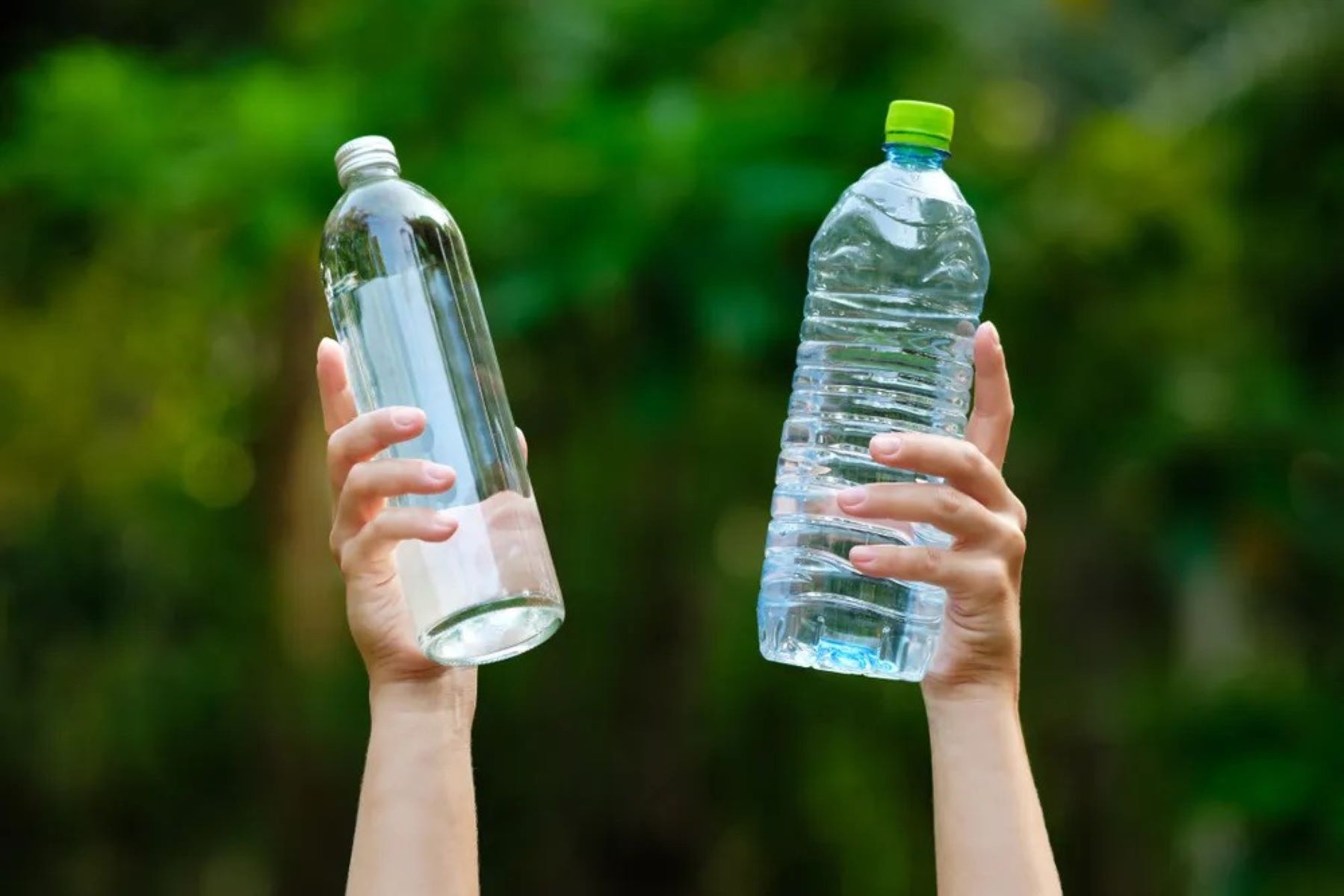

Interior Design Trends
How To Tell If Something Is Glass Or Plastic
Modified: August 18, 2024
Learn how to distinguish between glass and plastic in interior design trends. Discover tips for identifying materials and making informed choices.
(Many of the links in this article redirect to a specific reviewed product. Your purchase of these products through affiliate links helps to generate commission for Storables.com, at no extra cost. Learn more)
Introduction
Determining whether an object is made of glass or plastic can be a challenging task, especially when the naked eye alone cannot provide a definitive answer. Both materials are commonly used in various products, from household items to technological devices, and being able to differentiate between them is essential for making informed decisions about their use and care.
In this comprehensive guide, we will explore several methods to discern whether an item is crafted from glass or plastic. By understanding the distinct characteristics and behaviors of these materials, you will gain the confidence to accurately identify them in your everyday encounters. From appearance and weight to sound and temperature, we will delve into the nuances that set glass and plastic apart.
As we embark on this journey of discovery, it's important to approach each test with an open mind and a keen eye for detail. By honing your observational skills and applying the techniques outlined in this guide, you will be equipped with the knowledge to make informed assessments about the composition of various objects. Let's delve into the fascinating world of material identification and unravel the mysteries of glass and plastic.
Key Takeaways:
- Glass and plastic can be distinguished by appearance, weight, sound, and temperature. Glass is heavier, produces a clear, resonant sound, and feels cooler to the touch, while plastic is lighter, emits a duller sound, and feels closer to room temperature.
- Conducting a scratch or tap test and a chemical test can help determine if an object is made of glass or plastic. Glass is scratch-resistant and inert to chemicals, while plastic is prone to scratches and may react to specific substances.
Read more: How To Tell Glass From Plastic
Appearance and Weight
The visual and tactile examination of an object can provide valuable clues to determine whether it is made of glass or plastic. When assessing the appearance, consider the surface characteristics and transparency of the material. Glass typically exhibits a smooth, glossy surface that allows light to pass through with clarity. It often possesses a higher refractive index than plastic, resulting in a more brilliant and distinct reflection of light. In contrast, plastic surfaces may display slight imperfections, such as fine lines or irregularities, and may not transmit light as effectively as glass.
Furthermore, examining the edges of the object can offer insights into its composition. Glass edges are usually crisp and sharp, reflecting the precision of the manufacturing process. On the other hand, plastic edges may appear slightly rounded or molded, reflecting the malleability of the material.
Considering the weight of the object is another crucial aspect of the assessment. Glass tends to be denser and heavier than plastic, imparting a substantial feel when held. By contrast, plastic objects are generally lighter in weight and may exhibit a degree of flexibility when handled.
When conducting this evaluation, it's important to handle the object with care and attentiveness. By closely observing its visual characteristics and gauging its weight, you can begin to form a preliminary assessment of whether the material in question is likely to be glass or plastic. This initial analysis sets the stage for further exploration through additional testing methods, allowing for a comprehensive and accurate determination of the material's composition.
Sound and Temperature
The auditory and thermal properties of an object can offer valuable insights into its composition, aiding in the distinction between glass and plastic. When assessing sound, one can employ a simple yet effective method known as the "tap test." By gently tapping the object with a fingernail or a small tool, one can discern the resulting sound characteristics. Glass tends to produce a clear, resonant tone with a sustained reverberation, akin to the melodious chime of a bell. This distinct sound is attributed to the rigidity and density of glass, which allows vibrations to propagate efficiently through the material. In contrast, plastic emits a duller, less sustained sound when tapped, often lacking the crystalline clarity and resonance associated with glass. The muffled or muted nature of the sound can be indicative of the softer and less rigid nature of plastic.
Furthermore, the thermal behavior of an object can provide additional clues about its composition. When touched, glass typically feels cooler to the skin than plastic at room temperature. This disparity in thermal conductivity arises from the inherent properties of the materials. Glass, being a better conductor of heat than plastic, quickly absorbs and dissipates heat, imparting a perceptible coolness upon contact. Conversely, plastic tends to retain heat and may feel closer to room temperature when touched. By carefully gauging the thermal response of the object, one can gain valuable insights into its material composition.
Incorporating the sound and temperature assessments into the overall evaluation process enhances the accuracy of discerning between glass and plastic. These sensory-based tests, when combined with visual and weight assessments, contribute to a comprehensive and multi-faceted approach to material identification. By leveraging the distinct sound and thermal properties of glass and plastic, one can refine their ability to make informed determinations, thereby gaining a deeper understanding of the materials encountered in daily life.
Scratch Test
The scratch test serves as a practical and insightful method for discerning whether an object is made of glass or plastic. This technique involves using a sharp implement, such as a key or a metal tool, to gently scratch the surface of the object in question. When conducting this test, it is crucial to exercise caution and perform the scratch in an inconspicuous area to minimize any potential damage.
When scratching glass, the surface typically remains unmarred, displaying resilience against the abrasive action of the tool. Glass, known for its hardness and durability, is less susceptible to scratches from common household items. If the scratch test yields minimal to no visible alteration on the surface, it is indicative of glass composition.
In contrast, plastic is more prone to exhibiting visible scratches when subjected to the same test. The surface of plastic may display marks or indentations, signifying its relatively softer and less resilient nature compared to glass. The scratch test can reveal the susceptibility of plastic to abrasions, providing a clear distinction from the scratch-resistant properties of glass.
By carefully observing the outcome of the scratch test, one can gain valuable insights into the material composition of the object. The presence or absence of visible scratches serves as a tangible indicator, guiding the determination of whether the object is crafted from glass or plastic.
Incorporating the scratch test into the repertoire of material identification methods enhances the comprehensiveness of the assessment. When combined with visual, weight, sound, and temperature evaluations, the scratch test contributes to a holistic approach in distinguishing between glass and plastic. This multi-faceted methodology empowers individuals to make informed judgments about the materials they encounter, fostering a deeper understanding of the objects in their surroundings.
Hold the object up to the light and tap it with your fingernail. Glass will produce a clear, high-pitched sound, while plastic will produce a dull, thud-like sound.
Tap Test
The tap test serves as a simple yet effective method for discerning the material composition of an object, particularly in distinguishing between glass and plastic. This technique involves gently tapping the object with a fingernail or a small tool and observing the resulting sound characteristics. The distinct auditory responses elicited by glass and plastic offer valuable insights into their respective properties.
When tapping a glass object, one can expect to hear a clear, resonant tone with a sustained reverberation, akin to the melodious chime of a bell. This characteristic sound is a testament to the rigidity and density of glass, allowing vibrations to propagate efficiently through the material. The crystalline clarity and resonance associated with glass produce a distinct auditory experience, setting it apart from other materials.
In contrast, plastic emits a duller, less sustained sound when subjected to the tap test. The muffled or muted nature of the sound is indicative of the softer and less rigid nature of plastic. The lack of crystalline clarity and resonance, as observed in glass, underscores the differences in the acoustic properties of plastic.
By carefully listening to and discerning the sound produced during the tap test, one can gain valuable insights into the material composition of the object. The distinct auditory responses of glass and plastic serve as tangible indicators, guiding the determination of their respective compositions.
Incorporating the tap test into the repertoire of material identification methods enhances the comprehensiveness of the assessment. When combined with visual, weight, scratch, and temperature evaluations, the tap test contributes to a holistic approach in distinguishing between glass and plastic. This multi-faceted methodology empowers individuals to make informed judgments about the materials they encounter, fostering a deeper understanding of the objects in their surroundings.
The tap test, with its simplicity and effectiveness, adds a sensory dimension to the process of material identification. By leveraging the distinct sound properties of glass and plastic, individuals can refine their ability to make informed determinations, thereby gaining a deeper understanding of the materials encountered in daily life.
Read more: How To Tell If Something Is Freezer Burned
Chemical Test
The chemical test serves as a valuable method for discerning the material composition of an object, offering a unique approach to differentiating between glass and plastic. This technique involves utilizing a common household substance, such as nail polish remover or acetone, to conduct a simple yet informative experiment.
When performing the chemical test, it is essential to exercise caution and conduct the experiment in a well-ventilated area. Begin by applying a small amount of the chosen chemical substance to an inconspicuous area of the object. Carefully observe the reaction of the material to the chemical, noting any changes in appearance or texture.
Glass, being an inert and non-porous material, typically exhibits minimal to no reaction when exposed to nail polish remover or acetone. The surface remains unaffected, retaining its original appearance and texture. This lack of response underscores the chemical inertness of glass, reinforcing its distinct properties as a durable and resistant material.
In contrast, plastic may undergo noticeable changes when subjected to the chemical test. Depending on the type of plastic, it may exhibit signs of dissolution, softening, or alteration in texture upon contact with nail polish remover or acetone. These observable reactions are indicative of the susceptibility of plastic to chemical agents, highlighting its distinct behavior in contrast to glass.
By carefully observing the reaction of the material to the chemical test, one can gain valuable insights into its composition. The presence or absence of a discernible response serves as a tangible indicator, guiding the determination of whether the object is crafted from glass or plastic.
Incorporating the chemical test into the repertoire of material identification methods enhances the comprehensiveness of the assessment. When combined with visual, weight, sound, temperature, and scratch evaluations, the chemical test contributes to a holistic approach in distinguishing between glass and plastic. This multi-faceted methodology empowers individuals to make informed judgments about the materials they encounter, fostering a deeper understanding of the objects in their surroundings.
The chemical test, with its ability to reveal the unique reactions of glass and plastic to specific substances, adds a scientific dimension to the process of material identification. By leveraging the distinct chemical properties of these materials, individuals can refine their ability to make informed determinations, thereby gaining a deeper understanding of the materials encountered in daily life.
Conclusion
In conclusion, the ability to differentiate between glass and plastic is a valuable skill that empowers individuals to make informed assessments about the materials they encounter in their daily lives. By incorporating a multi-faceted approach encompassing visual, weight, sound, temperature, scratch, tap, and chemical tests, one can develop a comprehensive understanding of the distinct characteristics and behaviors exhibited by these materials.
The visual and tactile examination of an object provides initial insights into its composition, with glass often displaying a smooth, glossy surface and crisp edges, while plastic may exhibit slight imperfections and rounded edges. Considering the weight of the object further aids in the assessment, as glass tends to be denser and heavier than plastic.
Sound and temperature assessments offer additional layers of discernment, with glass producing clear, resonant tones and feeling cooler to the touch compared to plastic. The scratch test serves as a practical method, revealing the scratch-resistant properties of glass and the susceptibility of plastic to visible marks.
The tap test, with its distinct auditory responses, adds a sensory dimension to the material identification process, allowing individuals to discern the unique sound properties of glass and plastic. Furthermore, the chemical test provides a scientific approach, highlighting the inertness of glass and the varying reactions of plastic to specific substances.
By integrating these methods, individuals can refine their ability to make accurate determinations about the composition of objects, enhancing their understanding of the materials that populate their surroundings. Whether assessing the authenticity of a vintage glassware collection or determining the material of a newly acquired electronic device, the knowledge gained from these tests equips individuals with the confidence to make informed decisions.
In essence, the journey of discerning between glass and plastic is a fascinating exploration of material science, sensory perception, and practical application. By honing the observational skills and leveraging the diverse testing methods outlined in this guide, individuals can embark on a journey of discovery, unraveling the mysteries of material composition with confidence and clarity.
Frequently Asked Questions about How To Tell If Something Is Glass Or Plastic
Was this page helpful?
At Storables.com, we guarantee accurate and reliable information. Our content, validated by Expert Board Contributors, is crafted following stringent Editorial Policies. We're committed to providing you with well-researched, expert-backed insights for all your informational needs.


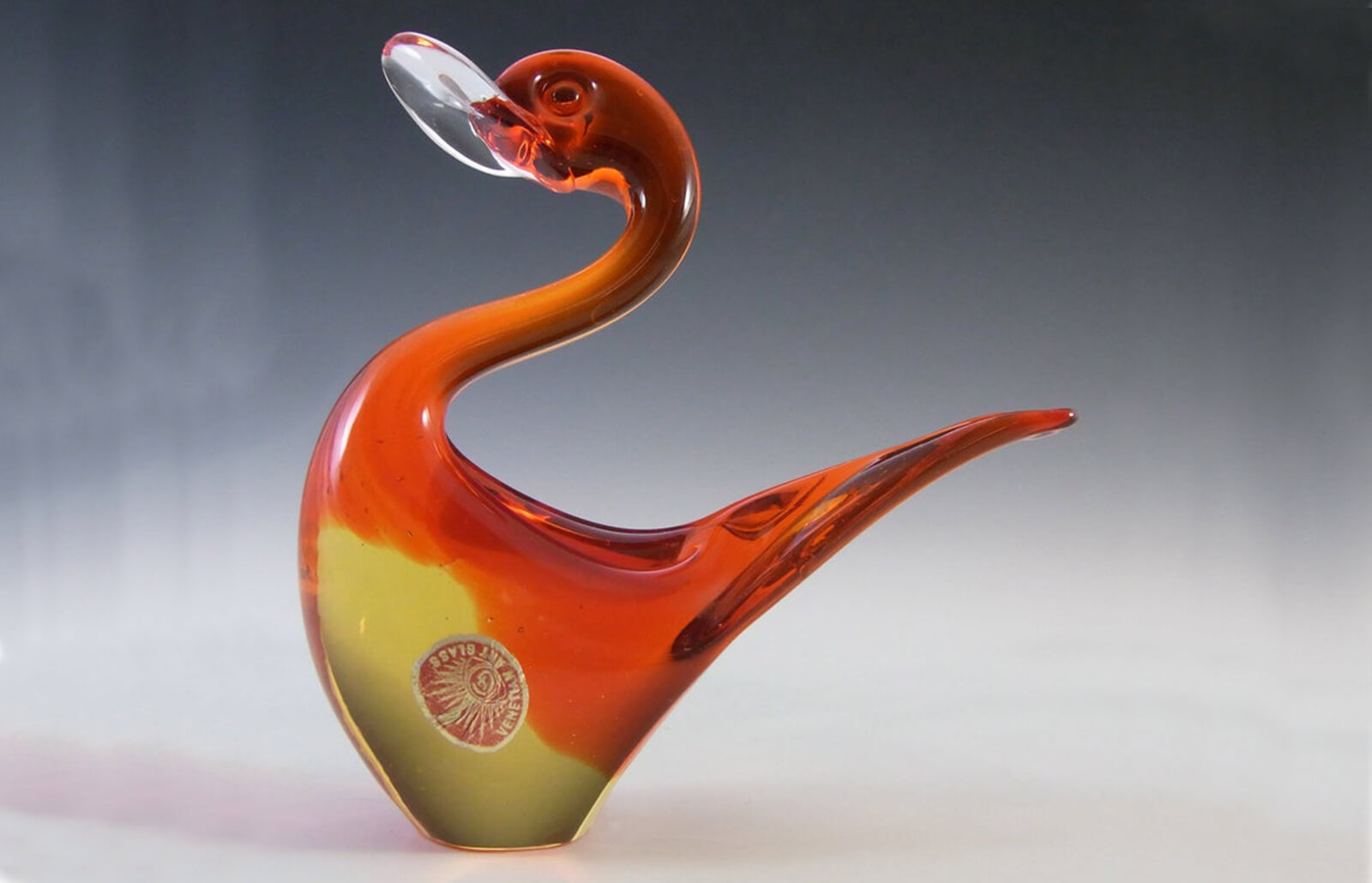

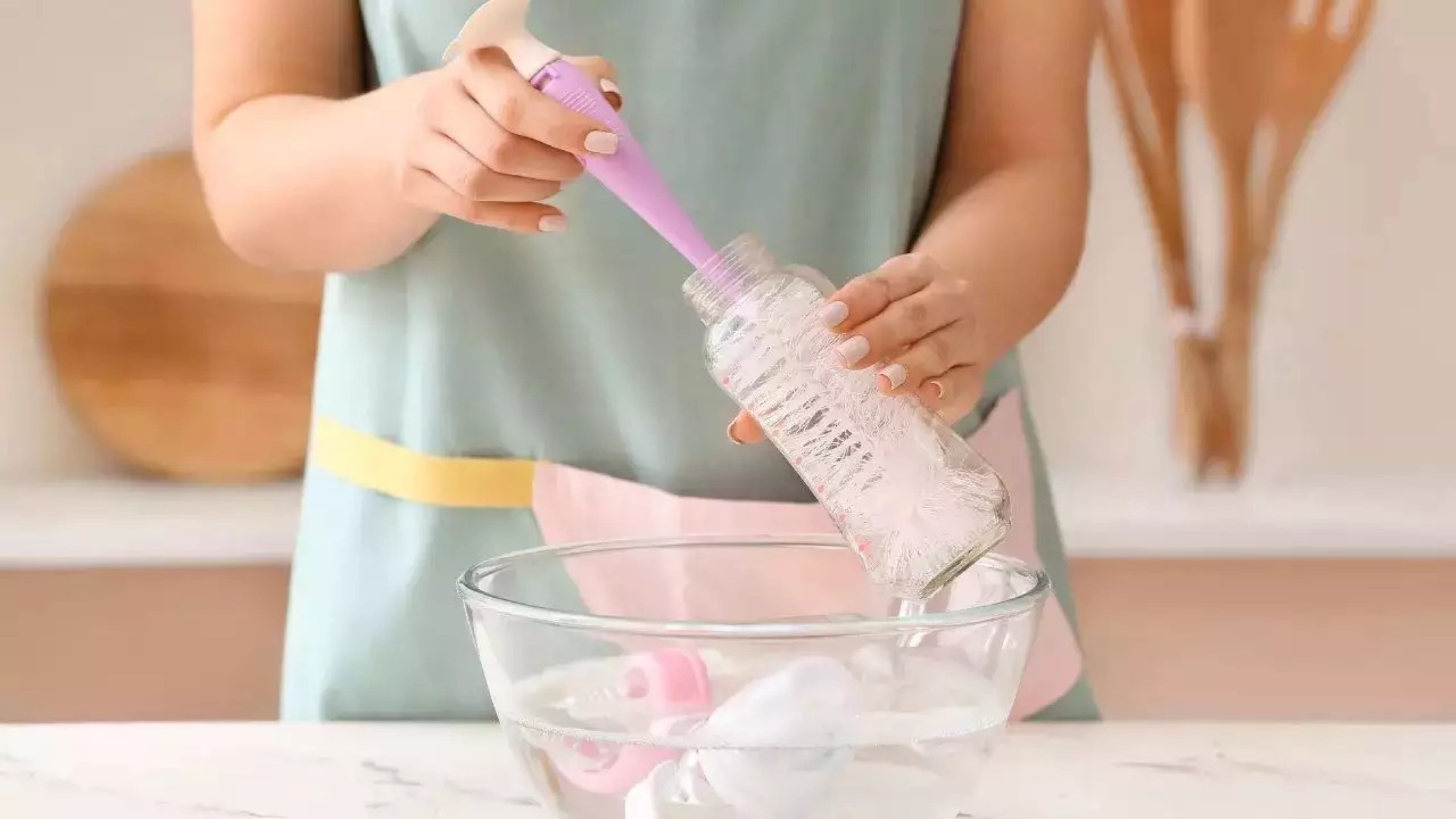
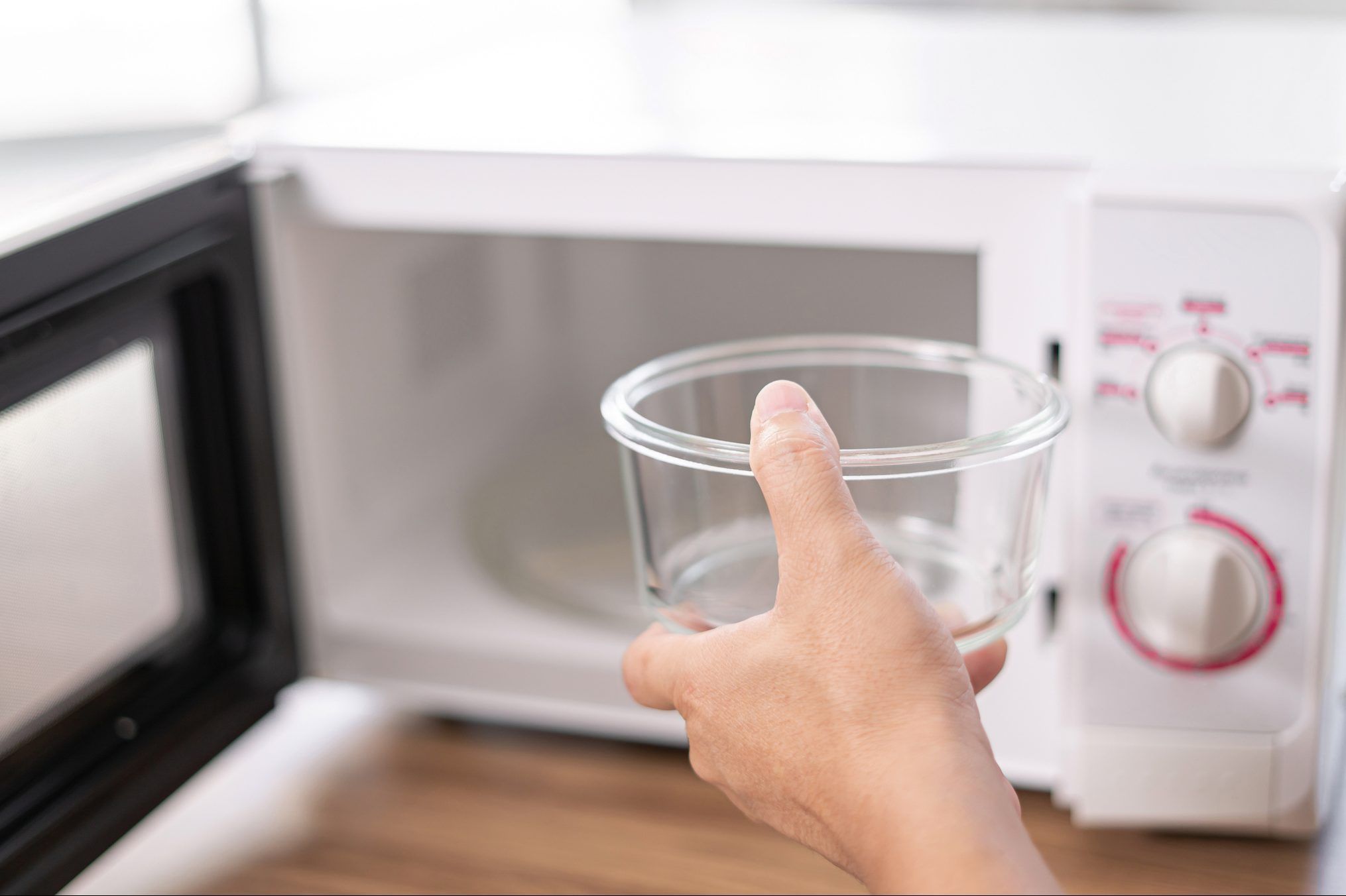
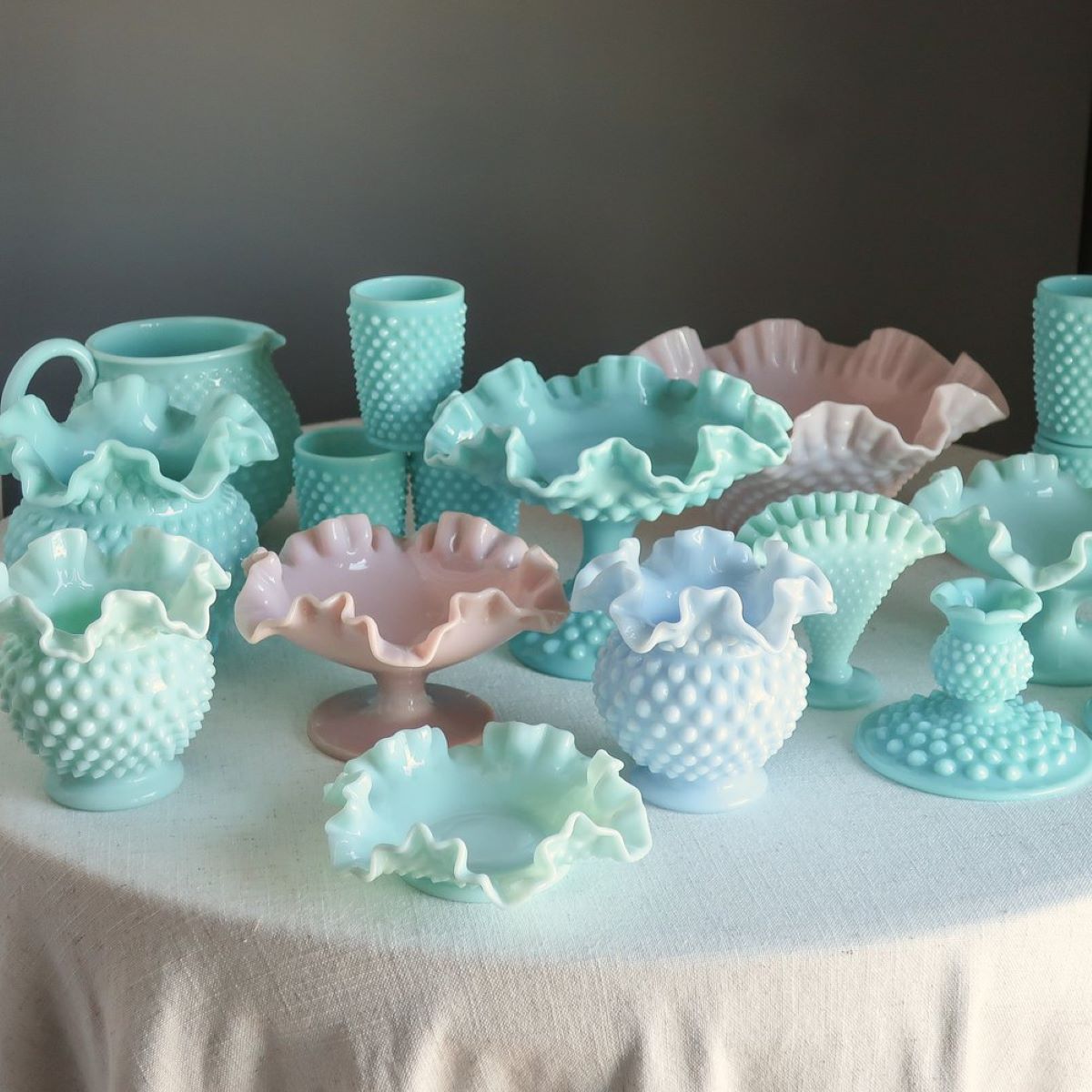
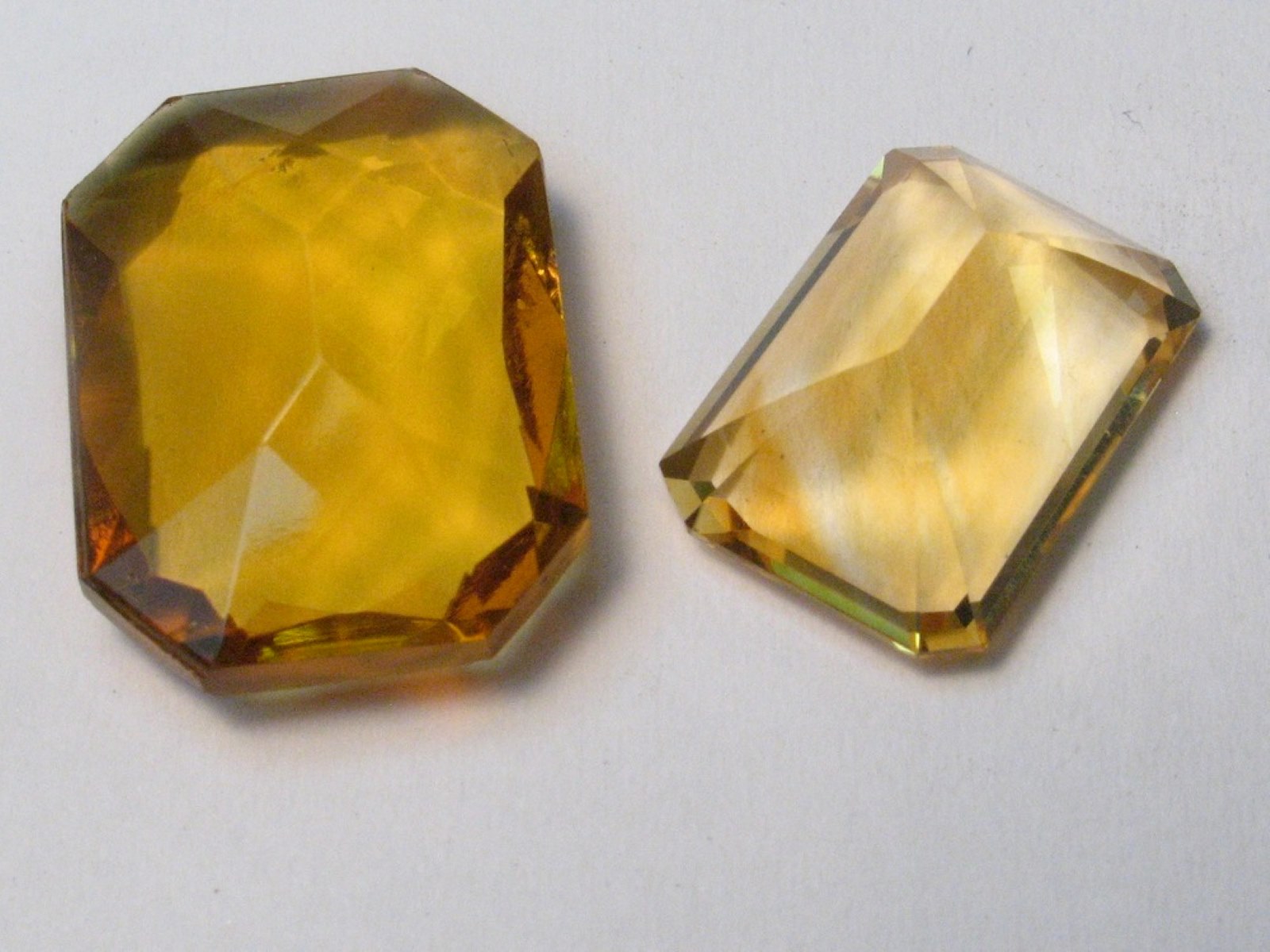

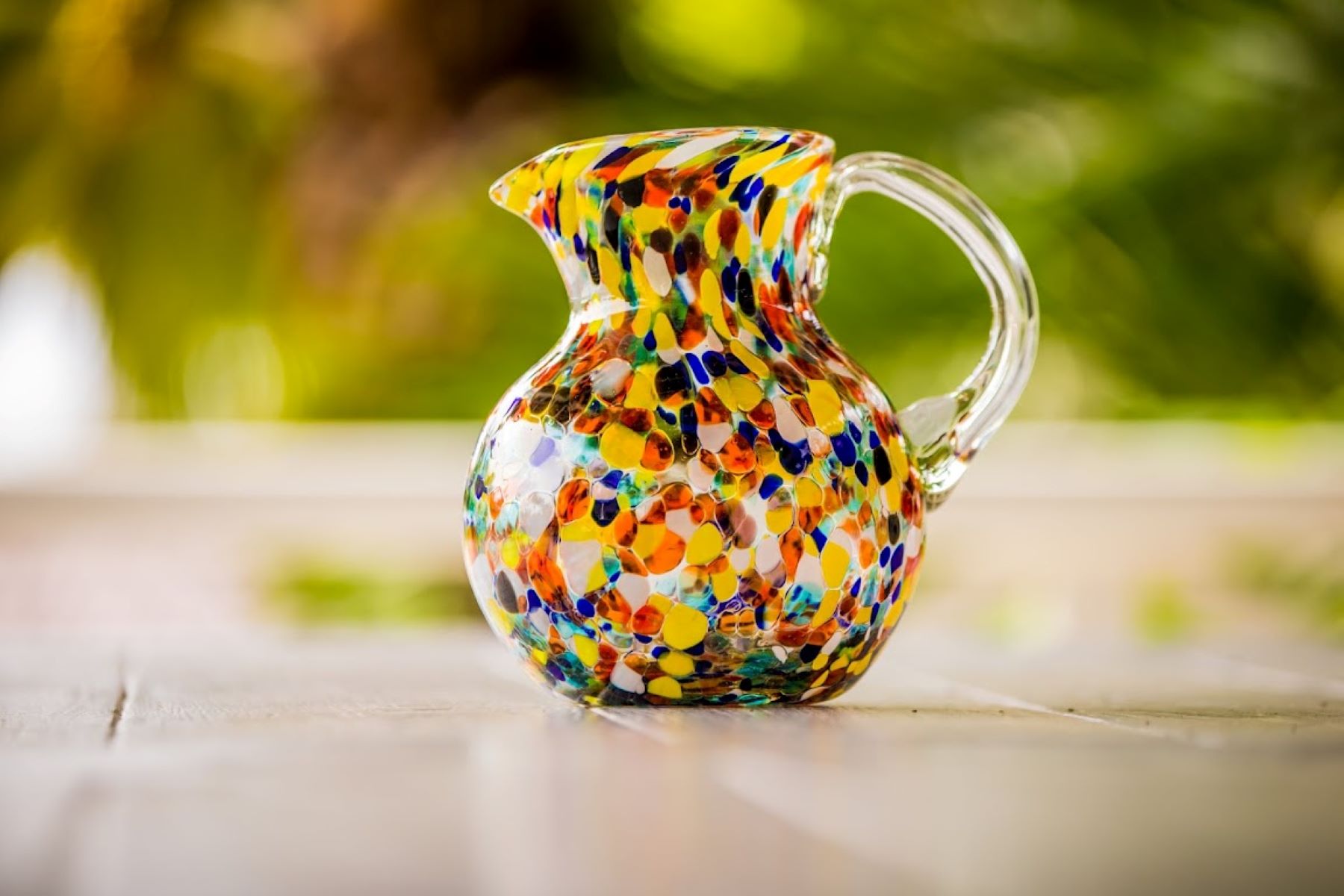
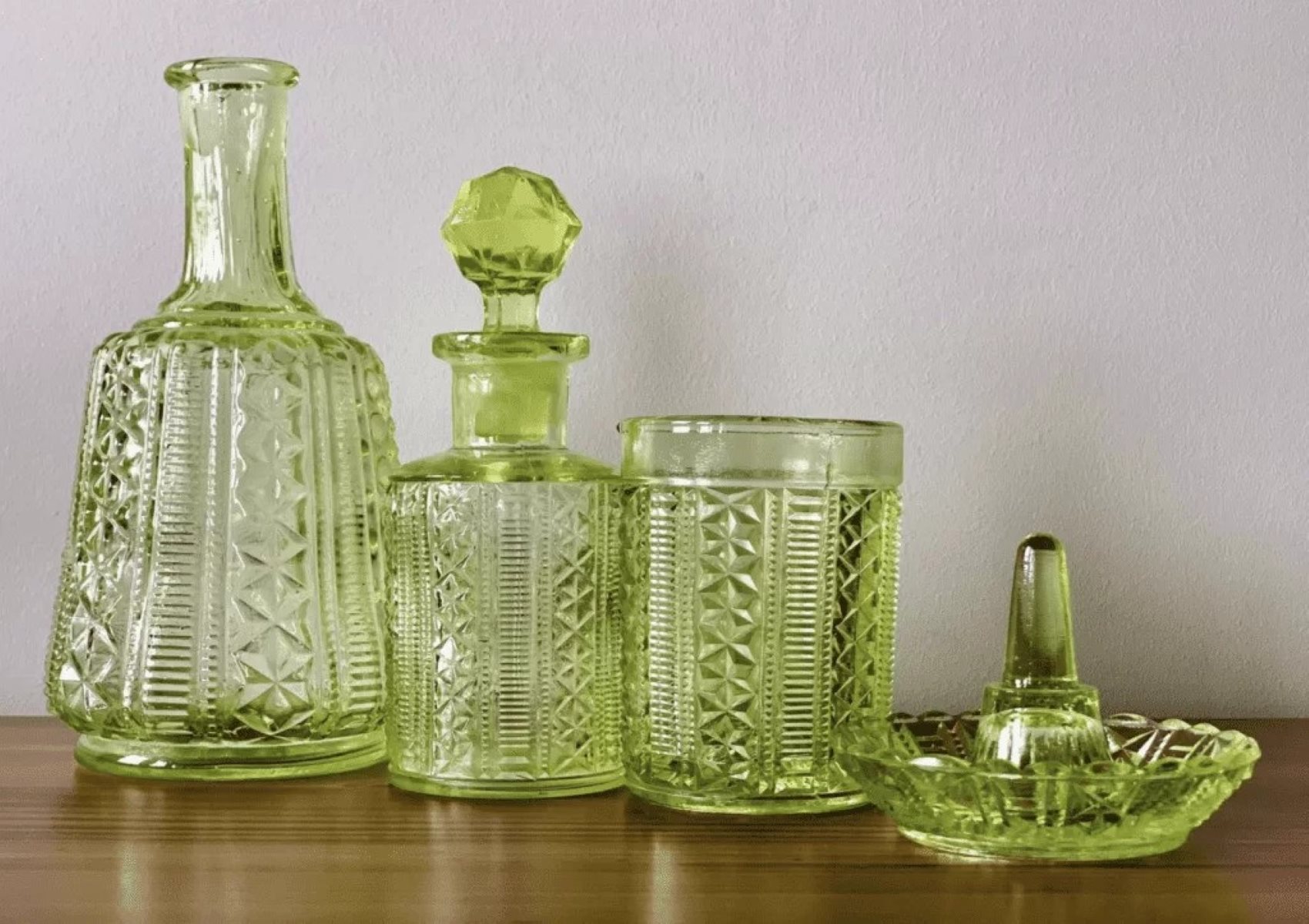


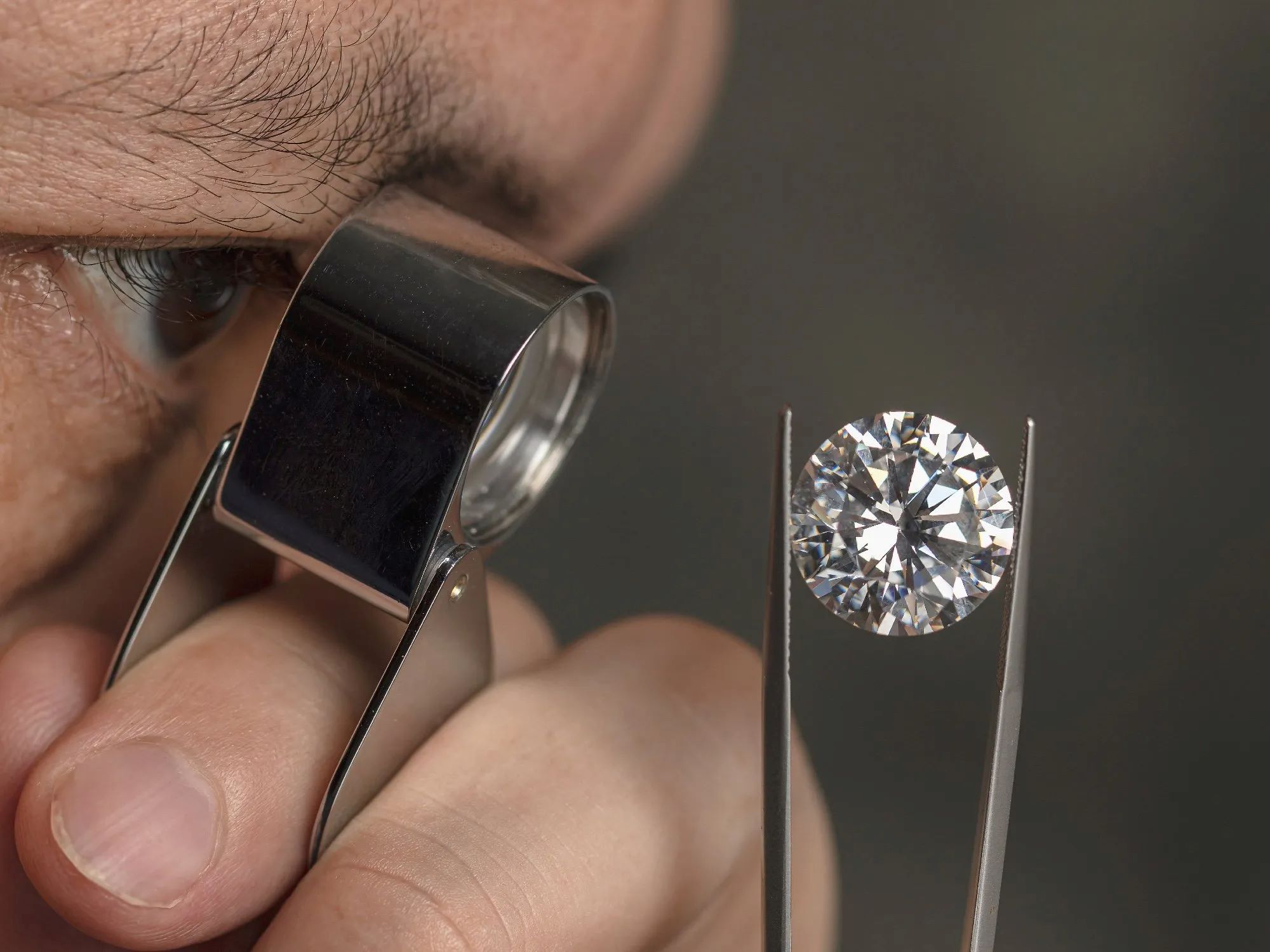

0 thoughts on “How To Tell If Something Is Glass Or Plastic”